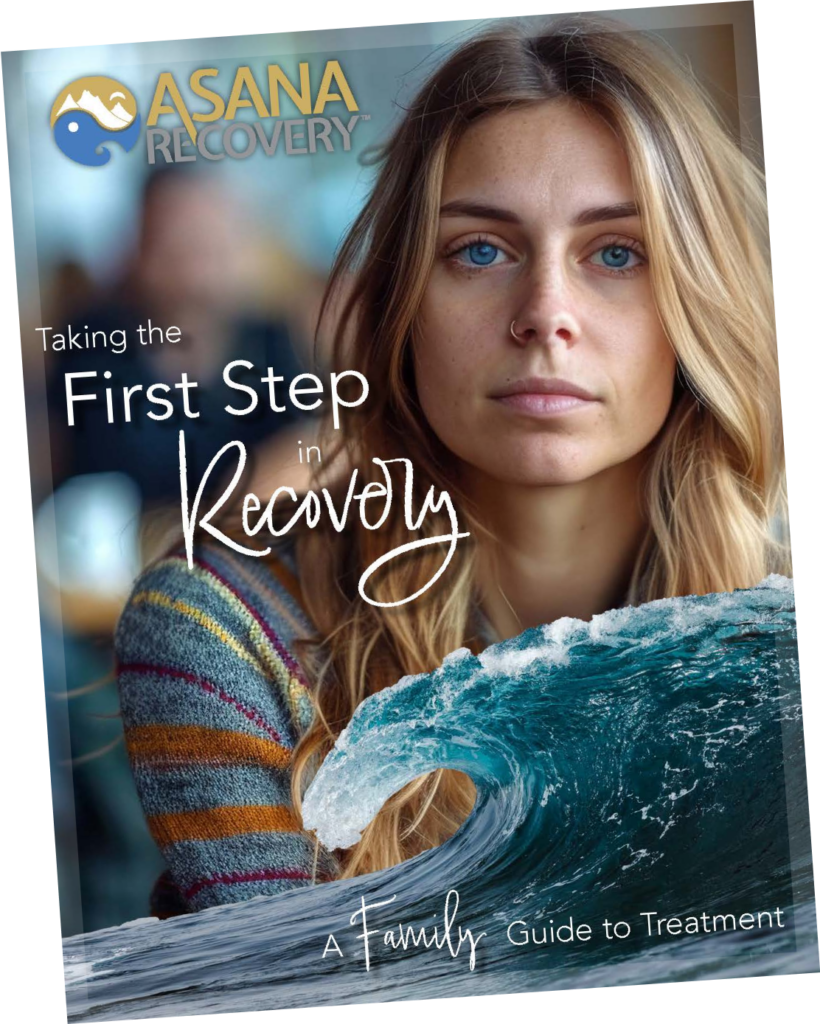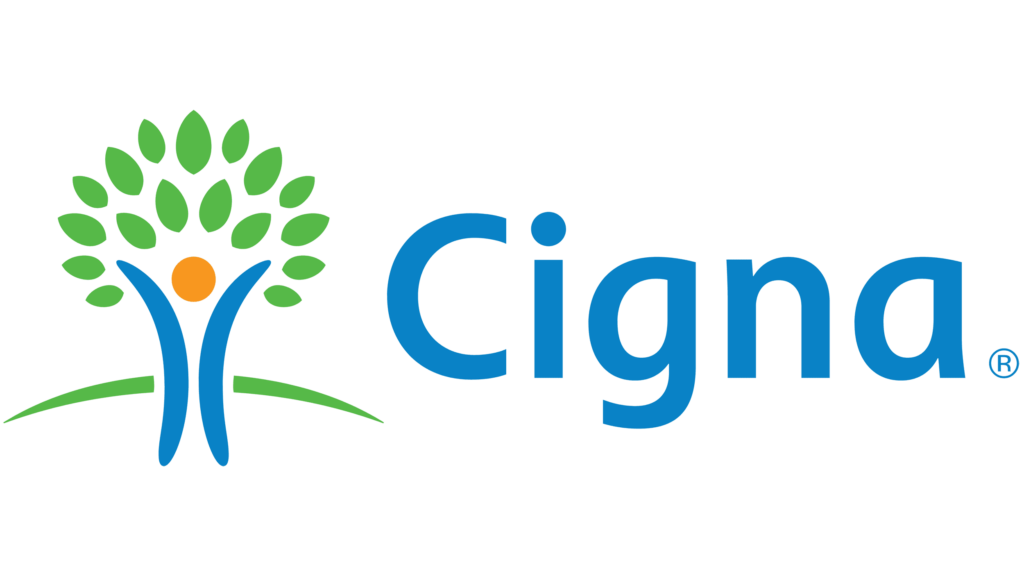Hydrocodone and codeine are distinct opioid medications, yet they share an important chemical relationship. While hydrocodone doesn’t directly contain codeine, it is synthesized from codeine, classifying it as a semi-synthetic opioid. This connection explains why these medications produce similar effects but differ in potency and medical applications.
Hydrocodone was first patented in 1923 and is derived from codeine through a chemical synthesis process. It is most commonly prescribed as a combination medication with other pain relievers, particularly acetaminophen. Products like Vicodin exemplify this pairing, with each tablet typically containing 5 mg of hydrocodone bitartrate alongside 500 mg of acetaminophen. These formulations also include inactive ingredients necessary for tablet formation.
Hydrocodone is significantly more potent than codeine and is generally prescribed for moderate to severe pain. Its analgesic potency rivals that of morphine, making it one of the most commonly prescribed strong pain medications. In contrast, codeine is less potent and is often reserved for managing mild to moderate pain. This difference in strength often dictates how and when these medications are prescribed.
A randomized, double-blind study comparing hydrocodone and codeine found that while both medications provided effective pain relief, hydrocodone demonstrated clear advantages. The study revealed fewer treatment failures, a lower incidence of central nervous system side effects, less nausea and vomiting, and improved overall pain management when hydrocodone was used.
Hydrocodone and codeine share similar side effects, though their severity often differs. Common side effects of hydrocodone include drowsiness, dry mouth, fatigue, and headaches. More serious side effects may include slowed or irregular breathing, chest pain, severe muscle stiffness, coordination problems, and difficulty urinating.
Both medications carry a high risk of dependence and addiction, necessitating careful management. Hydrocodone, classified as a Schedule II controlled substance, reflects its high potential for abuse. This classification enforces stricter prescribing practices, including no prescription refills, no phone or fax prescriptions except in emergencies, and rigorous documentation requirements.
For patients seeking alternatives to opioid medications, several non-opioid and non-pharmaceutical approaches may be effective. Nonsteroidal anti-inflammatory drugs (NSAIDs) like Motrin and Advil, acetaminophen, antidepressants, and gabapentinoids are often used to manage pain without the risks associated with opioids. Non-pharmaceutical options such as physical therapy, acupuncture, massage, and ice therapy can also provide relief for various types of pain.
It is crucial never to abruptly discontinue either hydrocodone or codeine without medical supervision, as withdrawal symptoms can include restlessness, teary eyes, runny nose, sweating, chills, muscle pain, and anxiety. Collaborating with a healthcare provider to develop a tapering schedule ensures a safe and gradual discontinuation process.
Asana Recovery works with most PPO plans, covering up to 100%. See if your insurance can help fund your journey. Click below to get a free quote.

While both hydrocodone and codeine are effective in managing pain, their use requires careful consideration of individual factors such as pain severity, medical history, and potential risks. Healthcare providers evaluate these aspects to determine the most appropriate medication for a given situation.
If you or a loved one is struggling with pain management or dealing with the challenges of opioid use, Asana Recovery is here to help.
Our compassionate team specializes in guiding individuals through the complexities of recovery and providing support for sustainable health. Whether you’re seeking alternatives to medications like hydrocodone and codeine or need assistance managing dependency, we’re committed to creating a personalized path to wellness.
Take the first step today. Contact Asana Recovery to explore treatment options tailored to your needs and start your journey toward a healthier, brighter future.
We get it. Addiction recovery is tough. That’s why our programs are founded and staffed by people in recovery – people who truly understand.
While both hydrocodone and codeine share similar side effects, their severity often varies due to the difference in potency. Hydrocodone is more likely to cause drowsiness, dry mouth, and headaches but can also result in more serious effects like slowed breathing and chest pain. Codeine, being milder, typically presents side effects like nausea and constipation, which may occur less severely than with hydrocodone. However, individual responses can vary, and both medications require careful monitoring.
Hydrocodone and codeine both have the potential to interact with other medications, particularly those that affect the central nervous system. Combining these opioids with sedatives, alcohol, or benzodiazepines can increase the risk of respiratory depression, extreme drowsiness, or even overdose. Additionally, certain antidepressants and antiepileptic medications can alter how these opioids are metabolized, either intensifying or diminishing their effects. Always disclose your full medication list to your healthcare provider to avoid harmful interactions.
Long-term use of hydrocodone or codeine can lead to dependence, tolerance, and addiction. Hydrocodone, being more potent, generally poses a higher risk of these issues over prolonged periods. Chronic use of either medication may also contribute to liver damage, particularly if combined with acetaminophen-containing products. Furthermore, prolonged opioid use can result in hormonal imbalances and increased sensitivity to pain (opioid-induced hyperalgesia). Regular medical supervision is essential to mitigate these risks.
In general, hydrocodone and codeine are not used together because they work similarly as opioids and combining them increases the risk of side effects, including respiratory depression and sedation. In rare cases, under strict medical supervision, they might be prescribed concurrently in different formulations for specific medical conditions, but such instances are highly uncommon. Always follow your doctor’s advice and avoid combining these medications without professional guidance.
Hydrocodone is typically prescribed for moderate to severe pain because of its higher potency compared to codeine. It is often chosen when codeine is not effective enough or when a stronger pain reliever is required. Additionally, hydrocodone may be preferred for patients who experience severe nausea or other side effects with codeine, as it is less likely to cause gastrointestinal distress. However, the choice depends on the specific needs of the patient and the healthcare provider’s assessment
Take your first step towards lasting recovery. At Asana, we offer effective, insurance-covered treatment for addiction and mental health, guided by experts who understand because they’ve been there. Start your healing today.

This book has helped so many men and women; and we want to give it you for FREE. Get signed up today and discover how to unlock the grip of addiction and get back to living your best life.
In this book, you’ll discover…
— The Most Common Misconceptions About Addiction and Rehab
— Why Rock Bottom is a Myth and What You Can Do About It
–The Steps to Healing From Trauma, Both Mentally and Emotionally
–And much more!
© Copyright 2024 Asana Recovery™ | All Rights Reserved | Privacy Policy
You could save up to 100% of your treatment using your Insurance.





By submitting this form, you agree to Asana Recovery’s Privacy Policy. You also consent to Asana Recovery contacting you by phone, text message, and email regarding your insurance benefits and treatment services. You acknowledge that text messaging may involve risks, authorize the use of your Protected Health Information (PHI) for these communications, and understand you can opt-out of text messages at any time by replying “STOP”.
Asana Recovery
We firmly believe that the internet should be available and accessible to anyone, and are committed to providing a website that is accessible to the widest possible audience, regardless of circumstance and ability.
To fulfill this, we aim to adhere as strictly as possible to the World Wide Web Consortium’s (W3C) Web Content Accessibility Guidelines 2.1 (WCAG 2.1) at the AA level. These guidelines explain how to make web content accessible to people with a wide array of disabilities. Complying with those guidelines helps us ensure that the website is accessible to all people: blind people, people with motor impairments, visual impairment, cognitive disabilities, and more.
This website utilizes various technologies that are meant to make it as accessible as possible at all times. We utilize an accessibility interface that allows persons with specific disabilities to adjust the website’s UI (user interface) and design it to their personal needs.
Additionally, the website utilizes an AI-based application that runs in the background and optimizes its accessibility level constantly. This application remediates the website’s HTML, adapts Its functionality and behavior for screen-readers used by the blind users, and for keyboard functions used by individuals with motor impairments.
If you’ve found a malfunction or have ideas for improvement, we’ll be happy to hear from you. You can reach out to the website’s operators by using the following email
Our website implements the ARIA attributes (Accessible Rich Internet Applications) technique, alongside various different behavioral changes, to ensure blind users visiting with screen-readers are able to read, comprehend, and enjoy the website’s functions. As soon as a user with a screen-reader enters your site, they immediately receive a prompt to enter the Screen-Reader Profile so they can browse and operate your site effectively. Here’s how our website covers some of the most important screen-reader requirements, alongside console screenshots of code examples:
Screen-reader optimization: we run a background process that learns the website’s components from top to bottom, to ensure ongoing compliance even when updating the website. In this process, we provide screen-readers with meaningful data using the ARIA set of attributes. For example, we provide accurate form labels; descriptions for actionable icons (social media icons, search icons, cart icons, etc.); validation guidance for form inputs; element roles such as buttons, menus, modal dialogues (popups), and others. Additionally, the background process scans all the website’s images and provides an accurate and meaningful image-object-recognition-based description as an ALT (alternate text) tag for images that are not described. It will also extract texts that are embedded within the image, using an OCR (optical character recognition) technology. To turn on screen-reader adjustments at any time, users need only to press the Alt+1 keyboard combination. Screen-reader users also get automatic announcements to turn the Screen-reader mode on as soon as they enter the website.
These adjustments are compatible with all popular screen readers, including JAWS and NVDA.
Keyboard navigation optimization: The background process also adjusts the website’s HTML, and adds various behaviors using JavaScript code to make the website operable by the keyboard. This includes the ability to navigate the website using the Tab and Shift+Tab keys, operate dropdowns with the arrow keys, close them with Esc, trigger buttons and links using the Enter key, navigate between radio and checkbox elements using the arrow keys, and fill them in with the Spacebar or Enter key.Additionally, keyboard users will find quick-navigation and content-skip menus, available at any time by clicking Alt+1, or as the first elements of the site while navigating with the keyboard. The background process also handles triggered popups by moving the keyboard focus towards them as soon as they appear, and not allow the focus drift outside it.
Users can also use shortcuts such as “M” (menus), “H” (headings), “F” (forms), “B” (buttons), and “G” (graphics) to jump to specific elements.
We aim to support the widest array of browsers and assistive technologies as possible, so our users can choose the best fitting tools for them, with as few limitations as possible. Therefore, we have worked very hard to be able to support all major systems that comprise over 95% of the user market share including Google Chrome, Mozilla Firefox, Apple Safari, Opera and Microsoft Edge, JAWS and NVDA (screen readers).
Despite our very best efforts to allow anybody to adjust the website to their needs. There may still be pages or sections that are not fully accessible, are in the process of becoming accessible, or are lacking an adequate technological solution to make them accessible. Still, we are continually improving our accessibility, adding, updating and improving its options and features, and developing and adopting new technologies. All this is meant to reach the optimal level of accessibility, following technological advancements. For any assistance, please reach out to